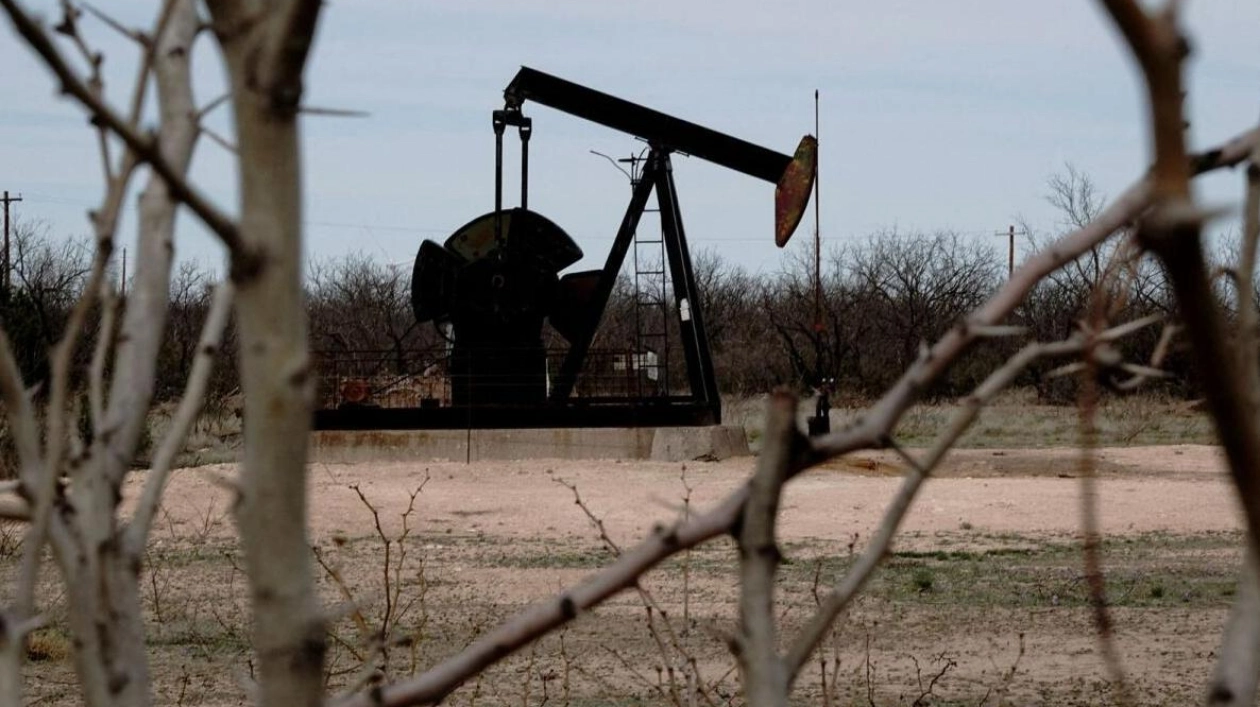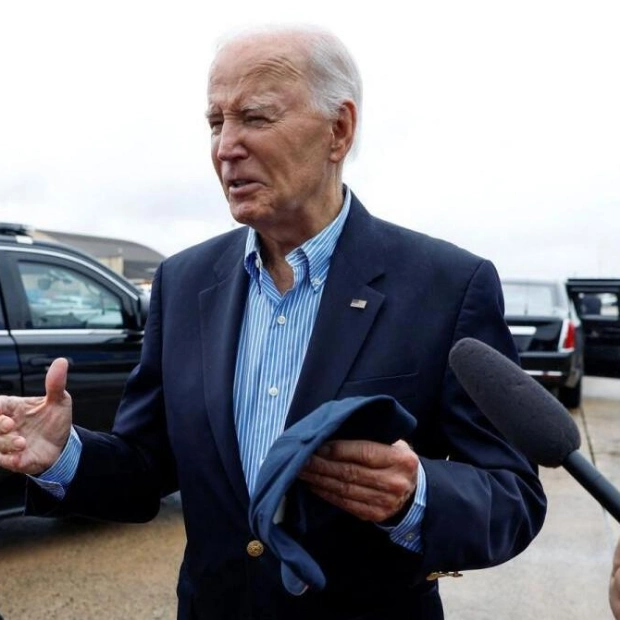OPEC has increased its forecasts for global oil demand in the medium and long term, attributing this growth to factors such as the expansion in India, Africa, and the Middle East, as well as a slower transition to electric vehicles and cleaner fuels. In its 2024 World Oil Outlook released on Tuesday, the Organization of the Petroleum Exporting Countries anticipates that demand will continue to grow for a longer period than other forecasters, such as BP and the International Energy Agency, which predict that oil usage will peak within this decade.
"Future energy demand is concentrated in the developing world due to rising populations, the growth of the middle class, and urbanization," stated OPEC Secretary-General Haitham Al Ghais during the report's launch in Brazil, a country with which the group aims to strengthen ties. This optimistic long-term demand outlook was released as global benchmark Brent crude oil prices dipped below $70 a barrel in early September, marking a 33-month low.
The oil producers' group has projected a robust global energy demand growth of 24% between now and 2050. It also forecasts "strong medium-term growth" in oil demand, reaching 112.3 million barrels per day by 2029, which represents an increase of 10.1 million barrels per day compared to 2023. OPEC expects global oil demand to hit 118.9 million barrels per day by 2045, which is approximately 2.9 million barrels per day higher than anticipated in last year's report. The report extends its timeline to 2050, predicting demand will reach 120.1 million barrels per day by then, far exceeding other industry forecasts for 2050.
In contrast, BP projects that oil use will peak in 2025 and decline to 75 million barrels per day by 2050, while Exxon Mobil anticipates that oil demand will remain above 100 million barrels per day through 2050, similar to current levels. The oil producer alliance led by Saudi Arabia recently decided to postpone oil production increases for an additional two months in an effort to stabilize prices, but this move has so far been ineffective.
Low global demand forecasts, combined with new oil supplies from non-OPEC countries, suggest a prolonged period of subdued crude prices. The Paris-based International Energy Agency sees demand leveling off by the end of the decade at around 106 million barrels per day, according to its annual mid-term outlook published in June. The IEA still expects global oil demand to rise, but forecasts a smaller increase and anticipates it will peak by the end of the decade. OPEC's 2029 forecast is more than 6 million barrels per day higher than the IEA's, which predicts demand will plateau at 105.6 million barrels per day in 2029.
S&P Global Commodity Insights sees the medium-term future as somewhere in between, with demand peaking at 109 million barrels per day in 2034 and gradually declining to below 100 million barrels per day by 2050. In contrast, OPEC anticipates demand will reach 120 million barrels per day by 2050. All parties agree that demand will decline in the developed world while increasing in emerging markets led by India.
On the near-to-medium term outlook, analysts are pessimistic about oil demand and prices, despite the early September announcement by OPEC+ that the group would extend its crude production cuts into December to limit market supply. "The extra two months haven't convinced skeptics that this will significantly bolster prices," says Dave Ernsberger, head of market reporting at S&P Global Commodity Insights. "So that's the immediate issue. But the larger question is, are we moving past the peak of oil demand?"
OPEC forecasts that by 2050, there will be 2.9 billion vehicles on the road, an increase of 1.2 billion from 2023. Despite the growth of electric vehicles, those powered by combustion engines will still account for over 70% of the global fleet in 2050, according to the report. "Electric vehicles are set to gain a larger market share, but challenges remain, such as electricity grids, battery manufacturing capacity, and access to critical minerals," the report noted.
The report also predicts that OPEC+'s share of the oil market will rise to 52% by 2050 from 49% in 2023, as US output peaks in 2030 and non-OPEC+ output peaks in the early 2030s.






